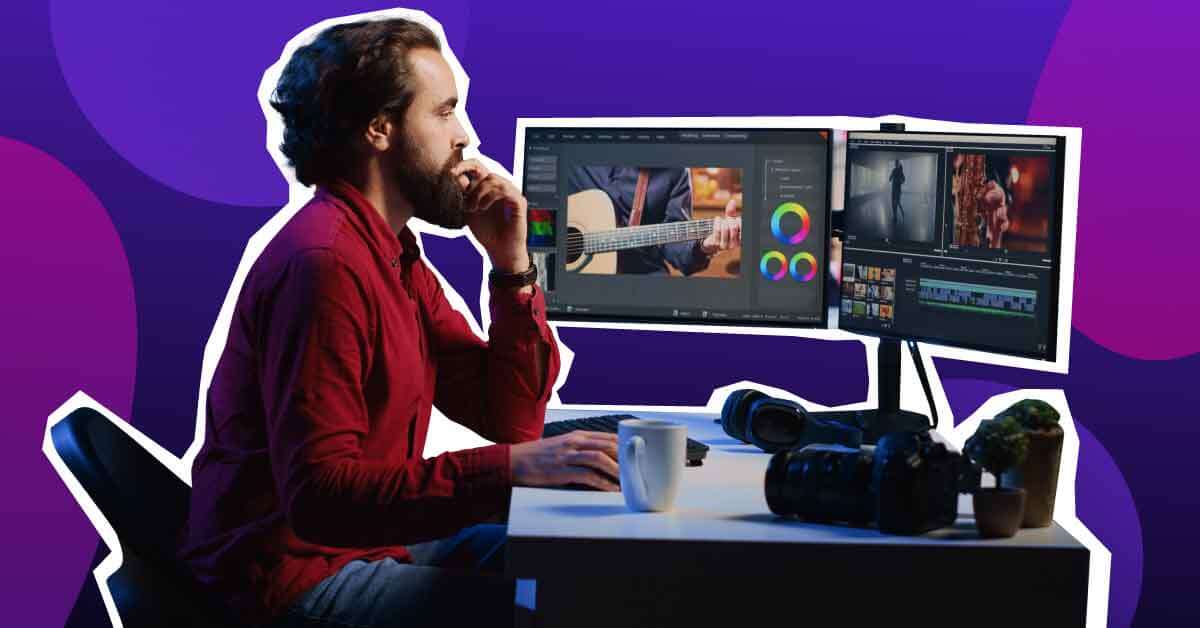
If you’re looking to add some pizzazz to your advertising, consider using animation. We can use animation in a variety of ways, from adding movement to our ads to drawing the viewer’s attention to a specific point. In this post, we’ll look at some stunning types of animation to use in promotional material. So, if you’re ready for an adventure into the world of animation, keep reading!
Traditional Animation
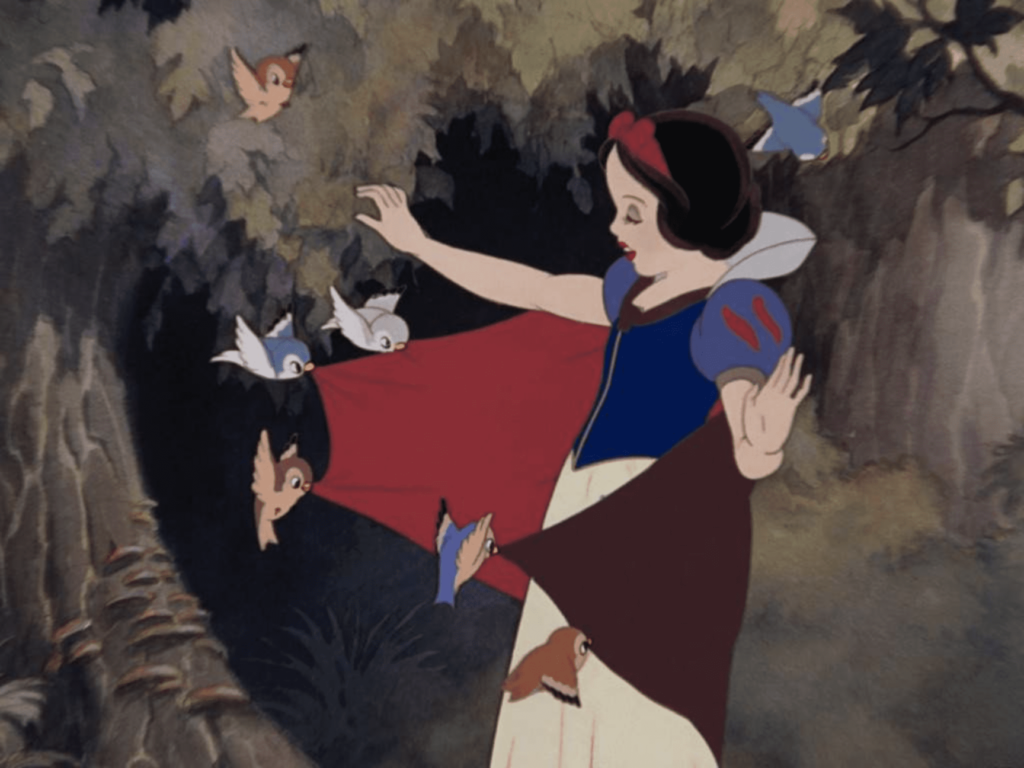
Have you ever watched a classic Disney feature film? Something like Pinocchio or Snow White and the Seven Dwarfs? Oh, who am I kidding; of course you have! And with that in mind, you’ve most certainly witnessed traditional animation.
Also known as cel animation, traditional animation involves the act of drawing every frame by hand. The animator will often use pencil and paper, along with a light table. Light tables allow artists to see the previous frame underneath.
In modern times, someone can do this type of animation digitally. Certain animation software allows artists to draw frame by frame while using their chosen tablets. Still, the process of traditional animation is naturally very time-consuming. The result is unlike any other.
Most people can differentiate traditional animation from other types. There’s normally more detail put into each frame, creating a smooth and organic result. When used commercially, it can achieve a sense of nostalgia for audiences. I mean, who doesn’t love a good blast from the past? When a commercial reminds us of those old Disney movies or Looney Tunes episodes, it takes us back to our carefree childhood days. It’s a great way for companies to build trust.
[in_content_ads gallery=”logos” logo=”on” title=”Need graphic design help?” subtitle=”Try Penji’s Unlimited Graphic Design and get all your branding, digital, print, and UXUI designs done in one place.” btntext=”Learn More” btnlink=”https://penji.co”]
2D Animation

2D animation is pretty self-explanatory; it’s animation that’s 2-dimensional. Pretty simple stuff.
This can easily fall under the category of traditional animation. When most people hear the words “2D animation,” they often think of hand-drawn cartoons drawn frame by frame. They wouldn’t be wrong, either. Snow White and the Seven Dwarfs doubles as both traditional and 2D animation.
In 2022, however, the process is usually different. Modern 2D animation refers to vector-based productions. It’s quite similar to what you’d see with flash animation. The artists create rigs of their characters, allowing them to move single body parts at a time. This technique is more flexible and user-friendly.
If you’re creating a commercial with 2D animation, it’s best to use the rigging method. It saves time and money, while still maintaining a similar appearance to traditional animation. We often see 2D animation in advertisements aimed at children. For example, think of those Lucky Charms or Trix commercials.
2D animation can still promote things to adults as well. While it doesn’t induce the same amount of excitement in adults, it can induce nostalgia. Especially if you’re using recognizable characters.
3D Animation

We all know this one. Also known as computer animation, 3D animation is, simply put, animation that’s 3-dimensional. As of 2022, it’s the most popular type of animation.
Now, the process of 3D animation is quite tricky. Any skilled animator needs to understand the traditional principles of movement and composition. However, a 3D animator must also understand the properties of physics. This type of animation relies less on drawing a character, and more on moving said character throughout a space.
Often, 3D animators will create certain keyframes and movements. The computer can then fill in the rest. The process may be more complex, but it’s also much faster than 2D animation. This is the main reason it’s so popular amongst modern animation studios and marketers.
Because this is a popular type of animation, it shows up a lot in advertisements. 3D animation is used in television commercials, promotional videos, and with GIF marketing. Because the characters and their surroundings are 3-dimensional, people will find your ad more relatable. Meanwhile, you’ll still have the whimsical charm of the animation medium. Characters can still perform unrealistic actions without the audience questioning them.
Motion Capture
Motion capture is a much more advanced version of 3D animation. This involves real people to portray the movements of animated characters. Have you ever witnessed those hyper-realistic animations in films like Avatar? Impressive, right? Well, these types of animations are based on live-action scenes.
Actors dress in specialized suits which capture their movements. These are then taken back to the computer where animators transform the interactions into 3D animations.
As you can guess, this process needs a lot of cash behind it. Because of its cost, motion capture is rarely used solely for advertisements. But that doesn’t mean they don’t have a promotional use. In fact, it’s used a lot within the gaming industry. If you’re anything like me, you’ve seen many game trailers that showed off their superior motion capture technology.
If you’re working on a larger project that involves this type of animation, then it’s best to use that as your advertising material.
Stop Motion
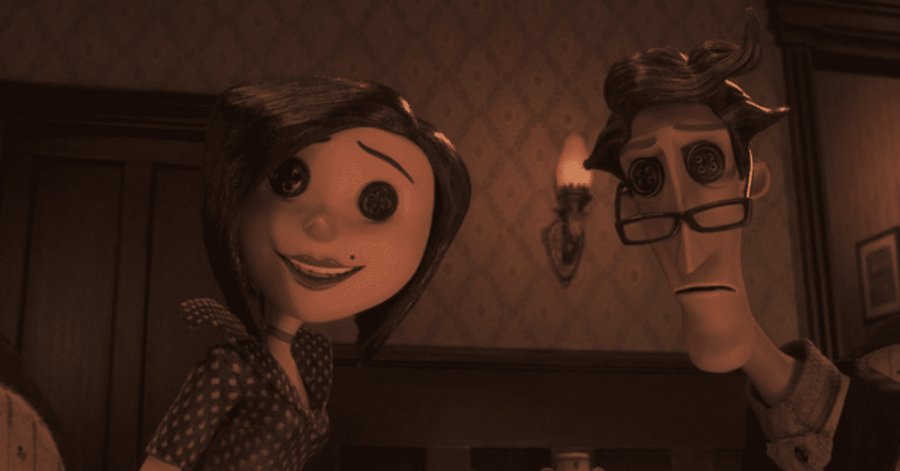
Stop motion is a type of animation that’s comprised of pictures. Much like traditional 2D animation, it’s created by pairing multiple still images. Each still is changed ever so slightly to give the impression of a character or object moving.
What makes stop motion stand out from other types of animation is the fact that each frame is captured using photography.
Famous examples of this include Coraline, Fantastic Mr. Fox, and The Nightmare Before Christmas. Stop motion is often paired with claymation, but doesn’t have to be. Some animators will use Legos, paint, or even simple household items.
When used in advertisements, stop motion can be used to immediately stand out against competitors. Many marketers are turned off by the idea of stop motion due to time constraints. After all, stop motion is a tedious process. That being said, the few commercials that involve stop motion will automatically strike the attention of the audience. It’s quite rare to see, even in feature films.
With stop motion, you’ll get all the visual benefits of 3D animation, while adding a unique spin to your advertisement.
Cut-Out Animation
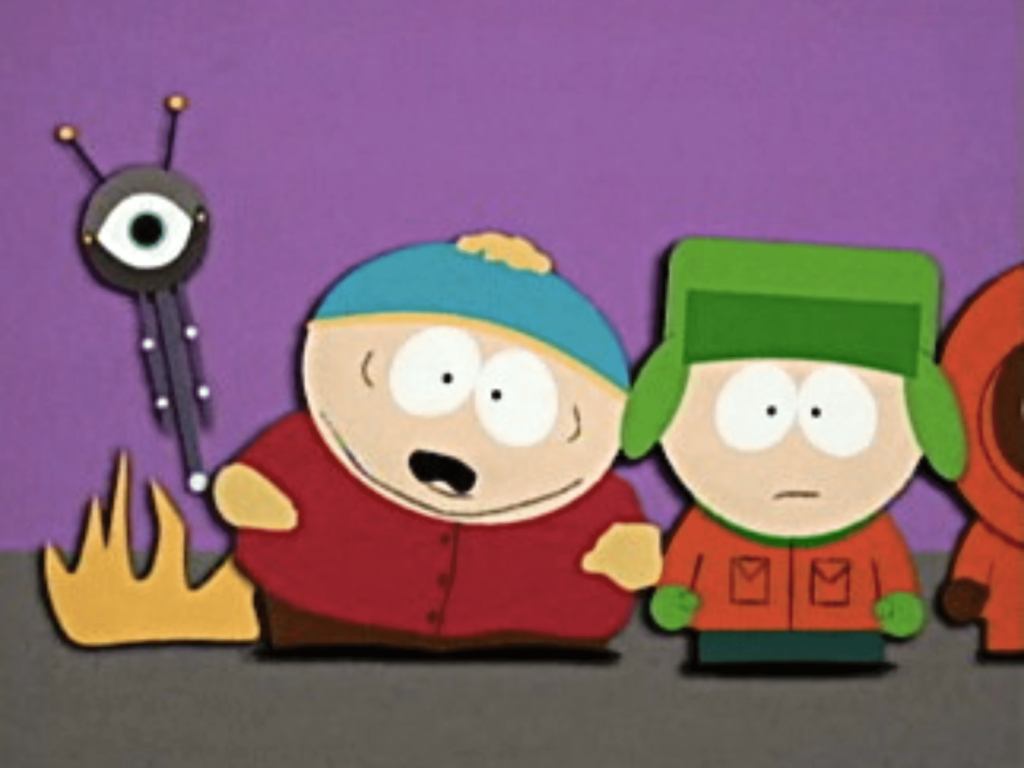
Another form of stop motion is none other than cut-out animation. You’ve probably seen this when watching shows like South Park. Basically, artists will use paper cutouts as their main tools to create characters and objects. They’ll then superimpose these characters onto animated environments, also made from paper. To streamline this process, many animators use scanned paper cutouts.
Animating something from paper stills can be rather difficult and tedious. Especially if an animator is on a time crunch. Luckily, animators can always replicate cut-out animation when using the regular 2D method.
Using the example of South Park again, after their first episode the creator scrapped their idea of a full cut-out animated show. For the rest of the episodes, they used 2D animation with some unique effects to make the characters and environments look like cut-outs.
As an advertiser, you can use cut-out animation to add a unique effect to your promotional material. Today, this type of animation is enjoying a resurgence in popularity, thanks to its ability to add a vintage feel to modern promotions. If you’re looking for a way to make your next ad campaign or social media video truly stand out, consider using this unique style of animation.
Typography Animation
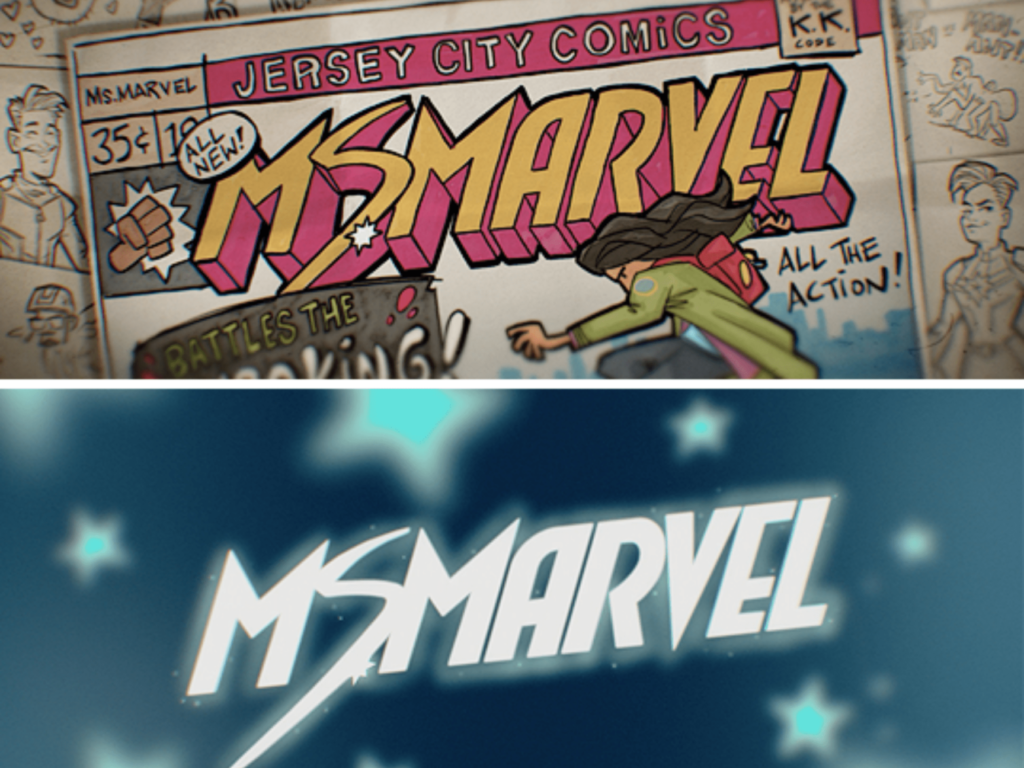
Now, many people think that animation is all about cartoon characters and the art of telling stories. And in some aspects, that’s true. Multiple animation studios release feature films each year, often including unique characters and dynamic storylines.
But the medium of animation encompasses so many things that we take for granted.
Typography animation, also known as kinetic typography, deals with the manipulation and movement of elements, shapes, and text. You ever see a commercial where the scene transitions into a logo screen, and the letters move around for a bit before settling in place? Or how about the title screens that show up before or after a movie? We see typography animation everywhere.
Typically, this type of animation is created by using specialized technology. Both beginners and professionals use software such as After Effects.
Rotoscope Animation
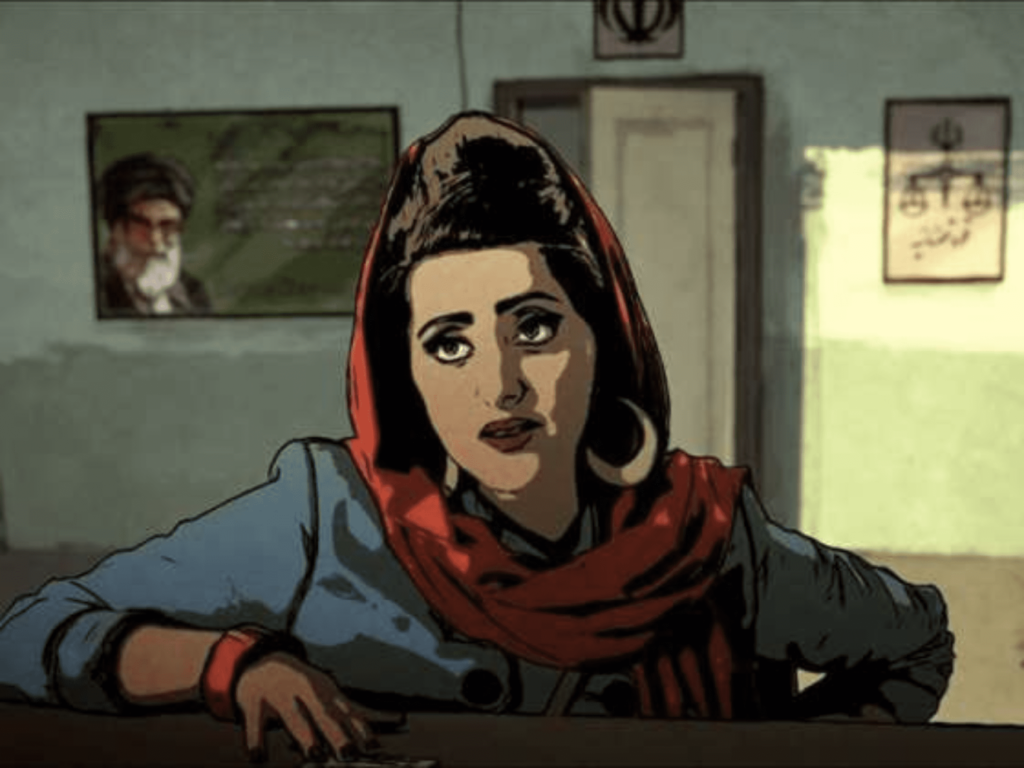
Here’s another uncommon, but unique one. Rotoscope animation involves combining live-action footage with the techniques of 2D animation. The process is just as interesting as it sounds: animators trace over live-action footage over with a rotoscoping tool.
We can credit much of this technique to the animator Max Fleischer. Back in the day, studios only had traditional animation at their disposal. So Fleischer created this technique to create more fluid motion in his characters. He wanted his characters to move like real people, and so he’d traced over live-action footage.
Nowadays, rotoscope animation is used to make characters react realistically to their surroundings. It works great in projects in which the animator wants a character to resemble a real person. It is cheaper than 3D animation, yet provides many of the realism benefits.
If you’d like to use 2D techniques for your commercial, while providing a realistic environment, then consider using rotoscope animation.
Mechanical Animation
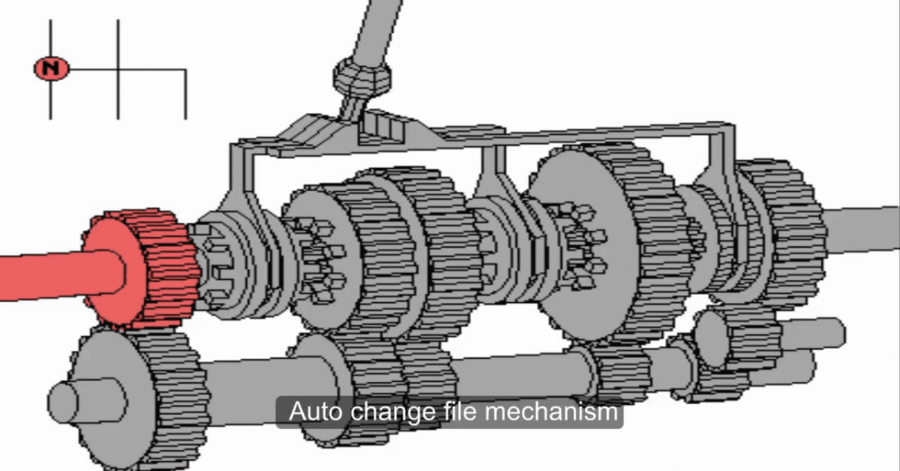
Mechanical animation involves breaking down the configuration and function of a particular device. This means drawing, rendering, and animating each detail and mechanism behind a device.
One common use for mechanical animation is in advertising. By using moving parts, advertisers can create eye-catching displays that are sure to grab attention. Many artists use mechanical animation in explainer videos. If you’re running a technology-based company, you can release a mechanical animation video targeting potential customers.
Similarly, if you’re managing a business that focuses on engineering and/or tech design, mechanical animation could be useful for your team. By showing how the machines work, it can help people to understand the inner workings of complex systems.
Mechanical animation makes for a fantastic instruction and educational video. It’s also just really cool to see how things work! If you’re ever feeling curious about the inner workings of your favorite gadgets, a quick search for “mechanical animation [device name]” will probably give you what you’re looking for.
Work With Professional Animators

Image Credit: Vojtech Okenka from Pexels
So how does one go about recruiting these animators? If you’re a marketer or business owner who has a very specific project in mind, do research on hiring a freelancer. In 2022, hiring a freelance animator has never been easier. There are many websites on which you can post job opportunities or search through a library of qualified animators.
What if you have multiple projects? What if you’re aware of future endeavors that’ll require an animator? If you’re looking for multiple animations consistently, then consider joining Penji.
Penji is a graphic design service with a team of talented artists from around the world. We provide our clients with top quality and fast results. Penji uses AI to pair you with the best animator to match your specific requirements. This means you don’t have to spend endless hours looking for a specific artist. We do all that work for you.
Penji gives you unlimited designs and animations at a monthly rate. To learn more, click here.














